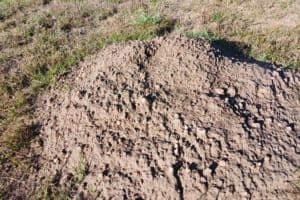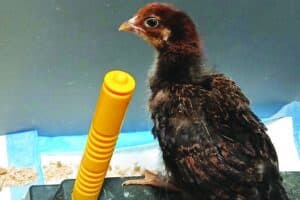I was driving east on Garrett Road, up the hill from U.S. 24. It was dark. A week or so earlier and the sun would have still shed a little light at this time, but it was early November and daylight saving time had ended and the drive home was now cloaked in blackness.A Taylor Swift song was playing on the radio. I was driving our new Subaru Forester, so new it still had temporary tags on it.And then a shadow even darker than the night flitted in front of me. There was a thud.I had struck a deer that had raced in front of me.I pulled over to the side of the road. Turned on my hazard lights. Sought to catch my breath.Before I could even get out of the car, a fellow motorist, a woman, was there, asking me if I was OK.Yes, I said. She said the deer was now in the ditch across the road, clearly hurt. She was an off-duty Springs police officer, she explained, and said she would put the deer down with her service revolver.There was the shot, a burst of light.It was taken care of, the officer told me. She asked me again if I was OK, then drove off. Shaken, I went home.I looked at the car; the front would need a little body work, but hopefully nothing more than that. I told Margaret what had happened and she did what I should have done, which was call law enforcement. I was advised to go back to the scene, where a Colorado state trooper would meet me.Back at the accident scene, the trooper uncovered a horrifying fact: The deer, though shot, was still alive, still suffering. The officer’s revolver, he said, wasn’t enough to do the job. He got heftier firepower from the trunk of his car and finally put the deer out of its misery. He took a report. And I headed home again.For the record: If you’re involved in a wildlife-vehicle collision, you should call the Colorado State Patrol or other law enforcement. (My unofficial encounter with the off-duty officer didn’t count, as she didn’t take down a report.) Natalie Sosa, deputy public information officer for El Paso County, notes, “Citizens can call 9-1-1 to report an accident, including one involving wildlife, and the call taker will route the call to the appropriate law enforcement agency and send medical assistance if needed.”Colorado West Insurance, on its website, outlines these steps to take if you hit a deer or other large animal:
- Make sure everyone is safe. Pull your car off the road and put on your hazard lights.
- Call the police. If you hit certain animals with your car, such as a dog, deer, goat, or pig, you are legally required to call the police. You should also call the police if anyone is injured or if another accident happened as a result of trying to avoid the animal.
- Stay away from the animal. Injured or frightened animals can be dangerous, so resist the urge to approach or help the animal. The only exception is if the animal is clearly dead, and it is possible to safely move the animal out of the way of traffic.
- Document the scene. When the scene is safe, it’s a good idea to take pictures of the animal and any damage to your vehicle, in case you need to file an insurance claim.
- Contact your insurance company. If you have comprehensive coverage, it will probably cover collision with an animal.





